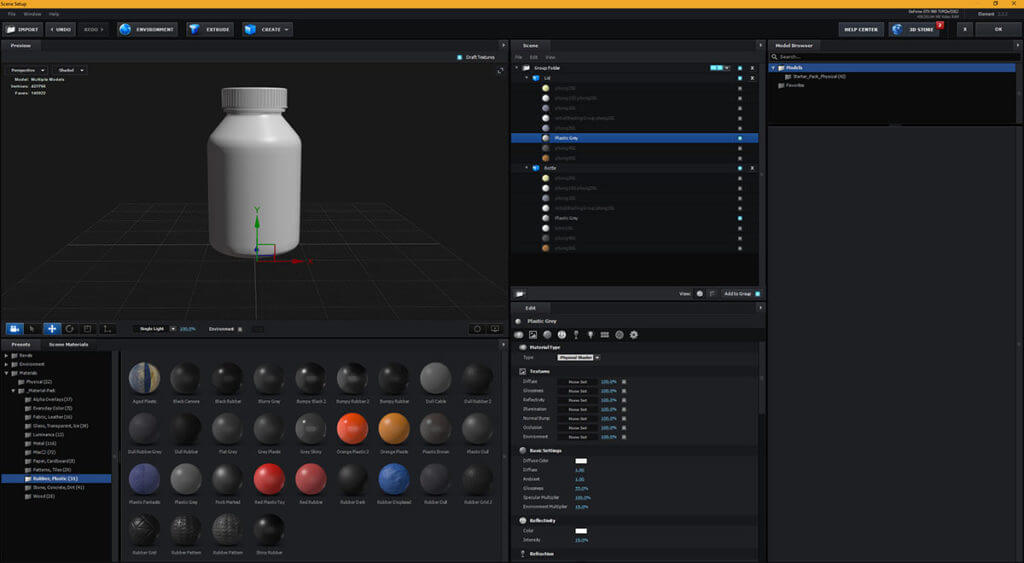

- Video copilot element 3d render settings mac os x#
- Video copilot element 3d render settings update#
- Video copilot element 3d render settings upgrade#
A full licence costs $199.95, and you can find additional upgrade offers on the product webpage.
Video copilot element 3d render settings mac os x#
Updated 3 December: Element 3D V2 is now shipping for After Effects CS5 and above on Windows 7+ and Mac OS X 10.7+. There are also clearly a few surprises being saved for the official release, if the ‘Mystery Feature’ glimpsed in the interface midway through the video is anything to go by. Other new features include the option to scale particles independently on the X, Y and Z axes, and the option to import HDR images in HDR or EXR format. New particle options, new import formats – and bonus mystery features?

Click on the screenshot to see it at full size. The Mystery Feature in Element 3D V2’s interface, not discussed in the demo video, but revealed in passing midway through. If you skip to around 11:00 in the video above, you can see the tool in action to generate custom highlights on a car by moving a lightbox object connected to a null around in the scene.įinally, there is a new matte shadow object used to fake shadows cast from a rendered 3D object onto the background objects in video footage. The Mirror Surface setting fakes reflections in flat surfaces the Spherical setting effectively creates a fake spherical reflection map, sampling all of the 3D geometry inside a sphere centred on the reflecting object Similarly, there is a new Reflect Mode for fast-rendering fake reflections. There are also now options for raytraced shadows and ambient occlusion, both of which are GPU-accelerated using OpenCL or real-time shadow mapping where a faster-rendering solution is needed. The renderer also now supports both subsurface scattering and physically based shaders, with a set of controls that will be familiar to anyone with modern games tools like Substance Designer or Marmoset Toolbag. There is also a new Auxiliary Animation option, which enables different sub-objects to be animated on separate animation channels: used in the demo video above to create simple animation rigs for vehicles.Īs you might expect, the render engine itself has also been updated, with Video Copilot claiming that a typical scene renders roughly twice as fast in Element 3D V2 as in V1.6. Alt-dragging duplicates a model, and objects may be grouped to create hierarchies of sub-objects, each of which may be manipulated independently. There are also more options for manipulating imported geometry. The number of settings the plugin offers can be daunting at first. Manipulate or animate sub-objects individually After Effects supports moving 3D objects or adding depth to other motion tracking.
Video copilot element 3d render settings update#
The update also adds standard 3D viewport display options, like bounding boxes and a background grid, and the option to switch to draft textures or hide shadows or AO when working with complex models. The most obvious of these changes is that the viewport looks and works much more like that of a 3D package, with a drop-down to switch between orthographic views and a gizmo to manipulate objects. Viewport options like those of a 3D package Video Copilot has unveiled Element 3D V2, a major update to its GPU-accelerated tool for rendering 3D models and animations within After Effects: one that brings the plugin closer to being a complete 3D toolset within AE.


 0 kommentar(er)
0 kommentar(er)
